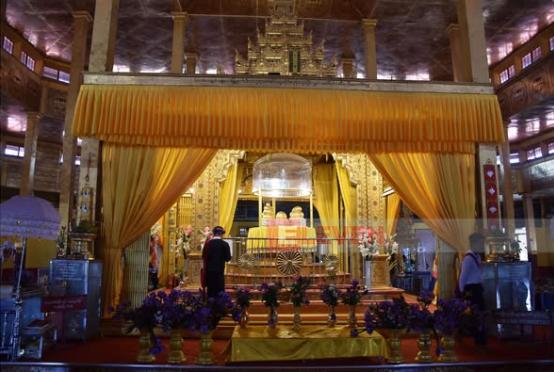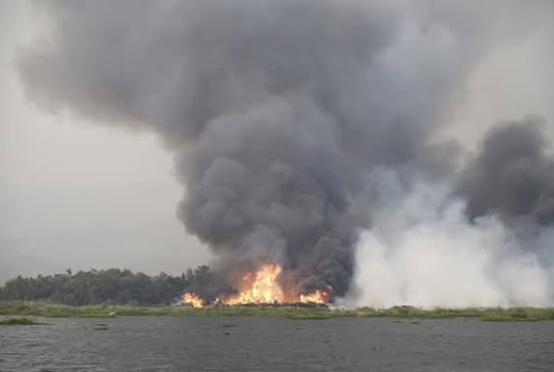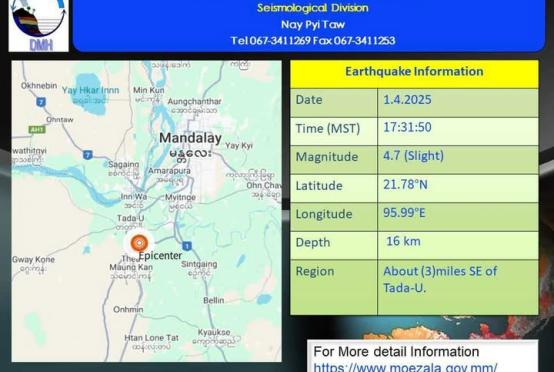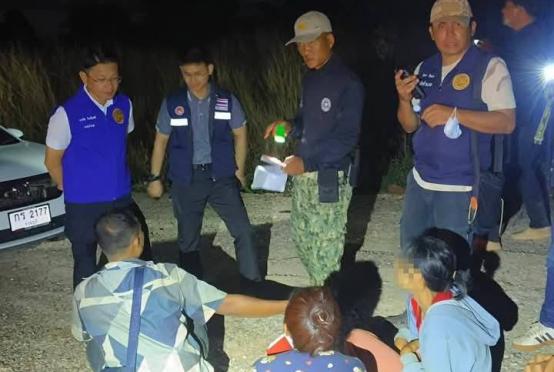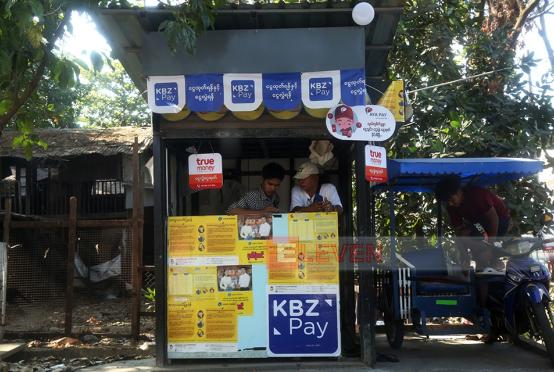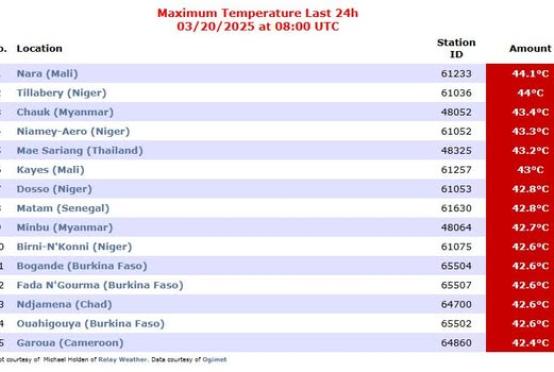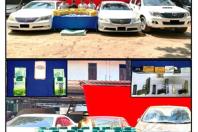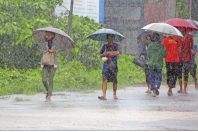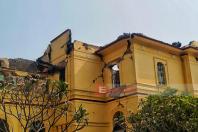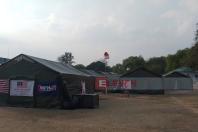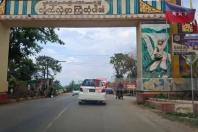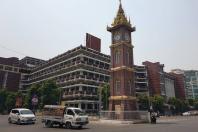
The death toll from the recent earthquake in Myanmar has reached 3,564, with 5,012 people injured and 210 still missing until last night, according to Major-General Zaw Min Tun, spokesperson of the State Administration Council (SAC).
He added that international rescue aid efforts have involved contributions from 20 countries, with a total of 88 flights, five ships, and six vehicles delivering emergency supplies and personnel. So far, 1,738 rescue workers have arrived along with over 1,197 tons of relief materials and more than 884 tons of rescue equipment.
Major-General Zaw Min Tun also addressed rumors circulating about international rescue teams leaving the country, explaining that all rescue operations are being conducted in stages. He emphasized that the staged approach is a standard procedure in disaster response efforts.
“We want the public to fully understand this process,” he said. “Rescue teams operate according to a structured plan. Stage (1) focuses on saving the lives of those who are still alive in affected areas. That mission has been completed. As of today (April 6), we even managed to rescue a survivor who was found six days after the quake. During the State Prime Minister’s visit today, we saw her in a hospital in Sagaing. She was a schoolteacher based in Minkin Township who was in Sagaing attending a training course when she got trapped at her accommodation. We managed to rescue her alive.”
He went on to say that search and rescue efforts have concluded, and the current focus is now on clearing debris from collapsed buildings. Afterward, rebuilding efforts will begin with the cooperation of the national government, volunteers, and international assistance.
Some foreign rescue teams are now leaving Myanmar as their missions have ended. In response, the government is organizing farewell ceremonies and presenting honorary medals to show gratitude for their contributions.
The rescue process follows internationally recognized Assessment, Search & Rescue Levels (ASR Levels) such as wide Area Assessment – evaluating the condition, location, and risks of the affected area, based on data from Level 1, identifying and securing operational zones, prioritizing and rescuing injured and trapped individuals and using advanced technology to ensure no individuals remain trapped in collapsed structures.
Final stage involving debris removal using both human resources and machinery to thoroughly clear the affected areas.


